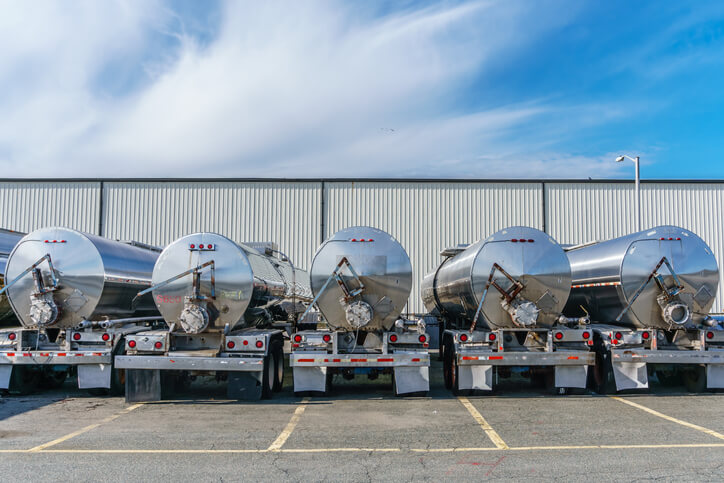Understanding Liquid Transloading
Finding innovative ways to optimize operations and reduce costs is paramount to your organization’s success. Liquid transloading has changed the way businesses move liquids, creating greater efficiency and flexibility within the supply chain. This process refers to transferring liquid cargo from one mode of transportation to another, such as from a railcar to a truck.
Liquid transloading is a common practice when the destination cannot be reached by the initial mode of transportation or a change in transportation is imperative for cost-related reasons. We’ve already outlined the major benefits this process can have for your supply chain. But, how do you implement liquid transloading in a way that’s helpful to your business? Let’s dive into the specifics.
How to Start the Liquid Transloading Process
While there are many benefits to adding liquid transloading into your business’ portfolio, it is important to implement the process in the correct manner. Following these steps can save you from missteps and get you started on the right foot.
Analyze Your Supply Chain Needs
The first step is to conduct a comprehensive analysis of your supply chain. Identify the specific liquid products you want to transport, their volumes, and the existing transportation modes and routes. Assess your current transportation costs, including fuel, labor, and associated fees.
Identify Transloading Opportunities
Once you have a clear understanding of your supply chain reach and costs, pinpoint areas where liquid transloading could be most beneficial. Look for routes or situations where switching transportation modes or consolidating shipments could lead to cost and time savings. Consider factors like distance, the need for specialized equipment, and regulatory requirements.
You should also consider the type of transportation mode you’ll use. Utilize rail, pipeline, or barge options when feasible, as these modes are often more economical and eco-friendly for long-distance transportation.
Select Suitable Transloading Facilities
Liquid transloading must be done at certain facilities to ensure the process adheres to applicable material handling protocols and safety requirements. These facilities should be equipped to handle your specific liquid cargo and be in compliance with industry regulations. Ensuring that the facilities meet these criteria will ensure an efficient transloading program.
Optimize Inventory Management
Effective liquid transloading often involves storage at the transloading facility before being moved to its next destination. To make this monetarily sensible, you must ensure you’re not overstocking or underutilizing the facility’s storage capacity. With proper planning, you can manage storage costs and improve overall supply chain efficiency.
Leverage Technology and Automation
If possible, invest in transportation management systems and other solutions to streamline communication, scheduling, and monitoring of shipments. Automation can help reduce human error and further optimize your liquid transloading operations.
Collaborate with Industry Experts
If you’re new to this process, it’s imperative to partner with an expert, like Crystal Packaging. When you work with a company that’s experienced in liquid transloading, you can avoid costly setbacks that push your business off schedule. At Crystal Packaging, we provide safe, efficient, and cost-effective liquid transloading for a variety of clients. We facilitate the transfer of oil-, glycol-, or water-based products, as well as manage the dispersal into a variety of containers or tanks. With over four decades of experience, we’re here to help you get it right the first time.
Founded in 1977, we’ve honed our processes to ensure you get the highest quality products and service, every time. Whether you’re looking for liquid transloading, toll blending, contract packaging, or windshield wash production, we’ve got you covered. With our impressive range of certifications — including ECOCERT and Safer Choice Standard accreditations — we’re ready to take on almost any project. We’ve produced more than 400 million gallons of product for over 300 satisfied customers, and we’re not slowing down anytime soon.
Get Started Today
Want to learn more about what we can do for you? Reach out to our team for a no-strings-attached consultation.

